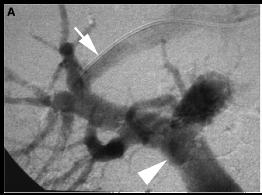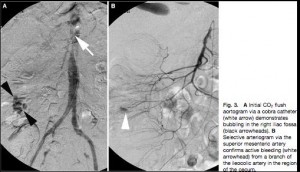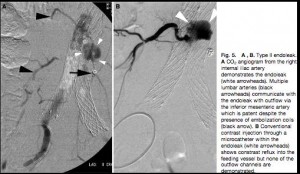Categorised under:
Interventional Radiology
>
Accessories
>
Imaging
Interventional Radiology
>
Contrast Agents
>
C02 Contrast
From Angiodroid




Interventions in the peripheral arteries and in in upper and lower limbs: CO2 can be more effective than the iodinate contrast media because in this kind of investigation it permits to have a more accurate visualization of the arteries and vein.
Your opinion matters to others - rate this device or add a comment

Did you know you can Register for FREE with this website?
Registration gives you full access to all of the features of WhichMedicalDevice. Find out more ...
WhichMedicalDevice is a FREE resource created by clinicians for clinicians.
Registration is free and gives you unlimited access to all of the content and features of this website.
Find out more...Registration is free and gives you unlimited access to all of the content and features of Which Medical Device. Find out more...
Which Medical Device is a community of clinicians sharing knowledge and experience of the devices and procedures we use on a daily basis. We ask that our members register with us so that we can maintain the unbiased and independent nature of our content. Registration is quick and free.
We do not make your details available to any third parties nor do we send unsolicited emails to our members. You can read our Privacy Policy here.